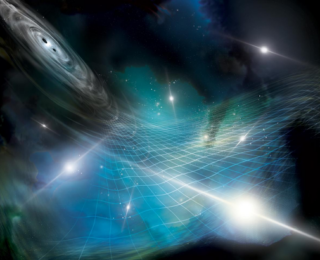
by Cole Meldorf | Aug 3, 2023 | Daily Paper Summaries
In this Astrobite, we look at some of the potential sources of the newly discovered gravitational wave background. Supermassive Black Hole Binary mergers are believed to be the primary culprit, but several other fascinating phenomena could also be contributing.
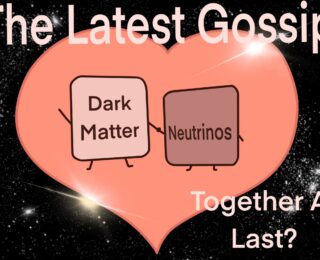
by Cole Meldorf | Apr 8, 2023 | Daily Paper Summaries
Today’s Astrobite seeks evidence of hypothetical dark matter – neutrino interactions in the Cosmic Microwave Background, and considers what effects such an interaction would have on the Standard Model.
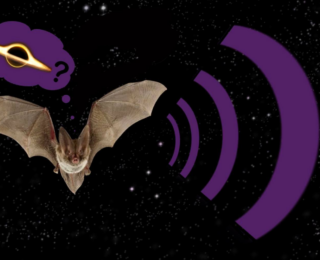
by Cole Meldorf | Jan 28, 2023 | Daily Paper Summaries
In this astrobite, astrophysicists use gravitational waves to “listen” for the presence of dark matter and infer its properties!
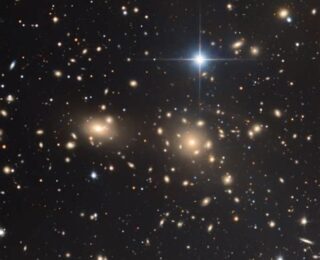
by Guest | Sep 15, 2022 | Undergraduate Research
Could dark matter behave similarly to regular matter? If so, could dark matter halos collapse and form structures, like a black hole? In this work we explore the Atomic Dark Matter Model and predicting structure formation in it using simple algebra. We build on the current literature by showing that for certain values of the variables that govern dark matter interactions, we won’t be able to determine if the halo will be able to collapse using methods to track the dark matter number densities and how efficiently the halo can dispose of its initial energy.
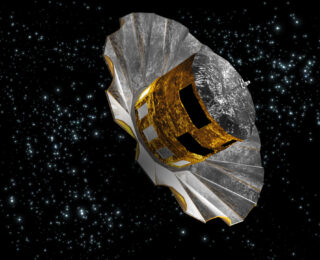
by Aldo Panfichi | Jul 23, 2022 | Daily Paper Summaries
Today’s paper posits that precise observations of wide binaries can be used, in conjunction with simulations, to test the validity of modified gravity theories!
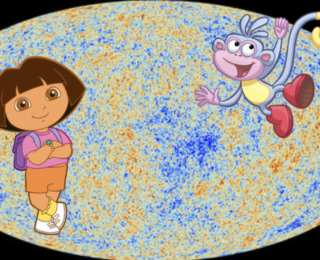
by Kayla Kornoelje | Jul 9, 2022 | Daily Paper Summaries
With new CMB experiments coming online in the next decade, what are astronomers hoping to find? The answer may surprise you.






